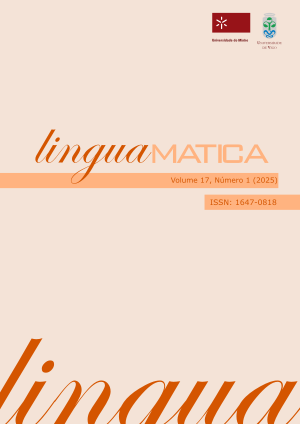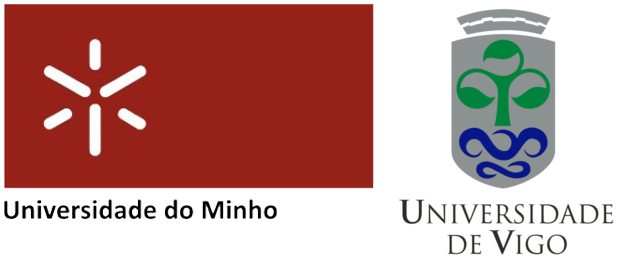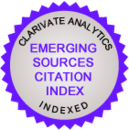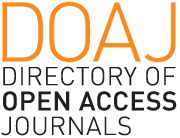Annotating, analysing and learning named entities in Portuguese historical texts (18th century)
Abstract
This article presents a study based on 18th-century Portuguese texts, focusing on the analysis of named entities to enhance their value for historical research. For that, an annotated corpus was developed using a primary source (the Parish Memories), which was transcribed, revised, and standardised.
The distribution of named entities in the source was then analysed to reflect on the variations in the defined categories, which were established according to historians' requirements. The annotated corpus was subsequently employed to develop Named Entity Recognition (NER) models that accommodate the complexity of historical analysis. Several solutions and language models for the NER task were trained and evaluated, where the best models achieve F1 = 0.70. Thus, this work demonstrates the usefulness of named entity recognition in the analysis of historical texts and provides a model with the capabilities to extend annotations to a larger set of texts with the same characteristics.
Copyright (c) 2025 Renata Vieira, Fernanda Olival, Helena Cameron, Fátima Farrica, Joaquim Santos, Daniel Reyes

This work is licensed under a Creative Commons Attribution 4.0 International License.
Authors who publish with this journal agree to the following terms:
- Authors retain copyright and grant the journal right of first publication with the work simultaneously licensed under a Creative Commons Attribution License that allows others to share the work with an acknowledgement of the work's authorship and initial publication in this journal.
- Authors are able to enter into separate, additional contractual arrangements for the non-exclusive distribution of the journal's published version of the work (e.g., post it to an institutional repository or publish it in a book), with an acknowledgement of its initial publication in this journal.
- Authors are permitted and encouraged to post their work online (e.g., in institutional repositories or on their website) prior to and during the submission process, as it can lead to productive exchanges, as well as earlier and greater citation of published work (See The Effect of Open Access).













